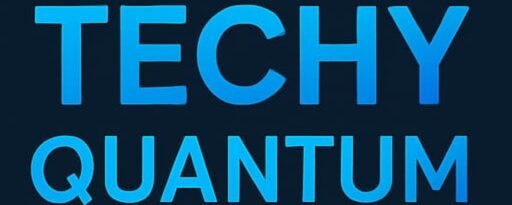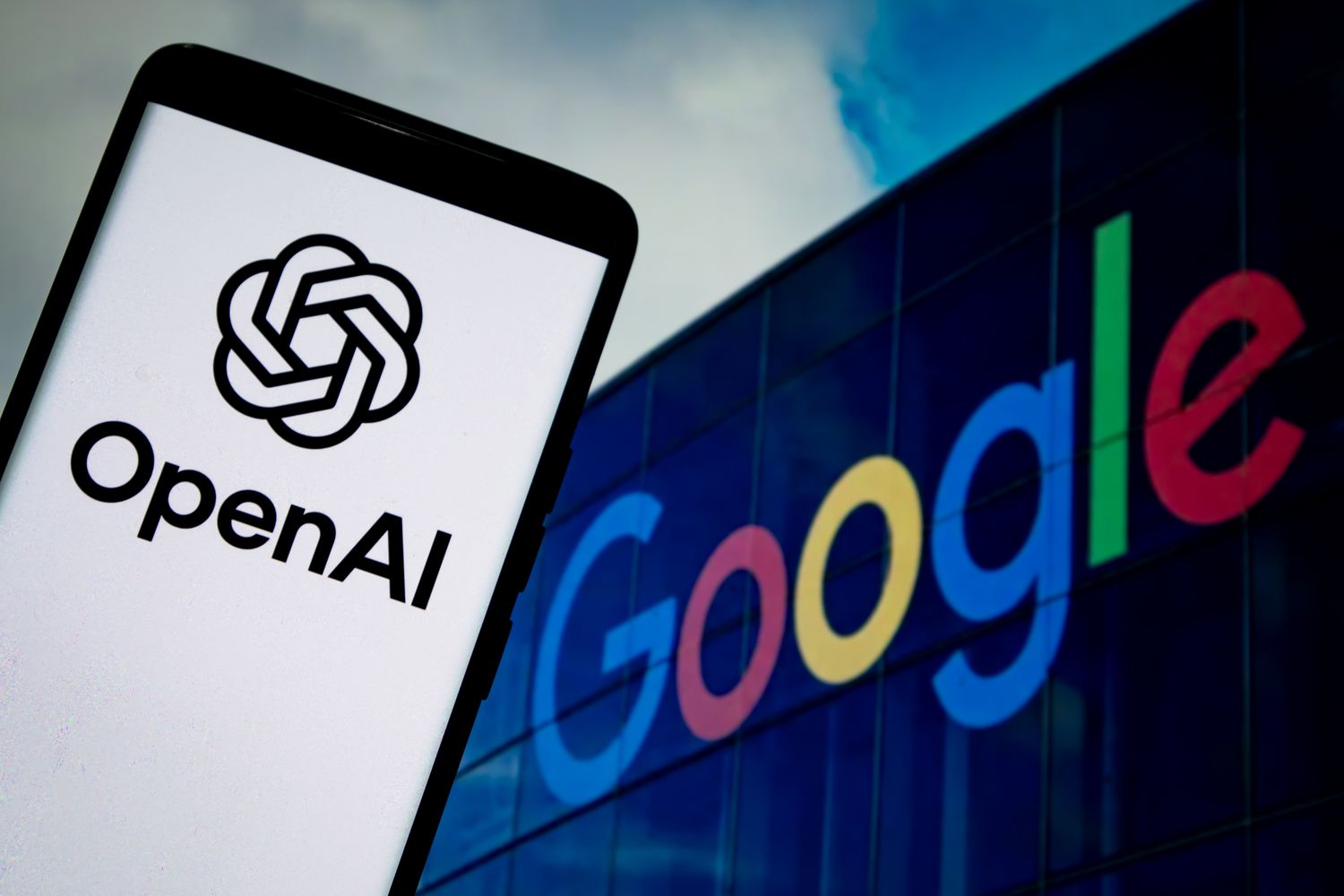In a development that has caught the attention of the global tech community, OpenAI’s use of Google’s AI chips has been labeled a “big win” by Morgan Stanley analysts. This strategic move is expected to reshape the dynamics of the artificial intelligence sector, highlighting both the growing interdependence among tech giants and the rapid evolution of AI hardware.
The collaboration between OpenAI, the maker of ChatGPT, and Google, a pioneer in AI infrastructure, has raised eyebrows and sparked optimism across the industry. As competition intensifies in the generative AI space, this partnership reflects how critical high performance AI chips have become to the future of artificial intelligence.
Why OpenAI’s Use of Google’s AI Chips Is a Big Win for Both Companies
For years, OpenAI has been at the forefront of AI development, producing cutting edge language models like GPT-4 and GPT-4o. But building, training, and running these models requires immense computational power far beyond what traditional chips can offer. Enter Google’s AI chips, specifically the Tensor Processing Units (TPUs), designed to accelerate machine learning tasks at scale.
Morgan Stanley’s latest report emphasizes that OpenAI’s use of Google’s AI chips is a strategic advantage for both parties. OpenAI gets access to some of the world’s most powerful AI infrastructure, reducing its reliance on NVIDIA’s GPUs, which are in short supply and come with significant costs. On the other hand, Google strengthens its position as a hardware leader, showcasing the real world impact of its AI chip innovations.
Breaking Free from the NVIDIA Dependency
One of the key reasons behind OpenAI’s decision is the global shortage of high performance GPUs. NVIDIA, the undisputed leader in AI hardware, has struggled to keep up with the surging demand for its H100 and A100 chips. This has created bottlenecks for companies like OpenAI that rely heavily on constant access to computing power.
By leveraging Google’s AI chips, OpenAI reduces its vulnerability to these supply chain disruptions. It also introduces healthy competition in the AI hardware space, preventing a single company from dominating the market.
Morgan Stanley’s report suggests that this diversification is essential for the AI ecosystem’s stability. It ensures that AI development is not bottlenecked by hardware shortages, and it opens doors for innovative collaborations among tech giants.
Implications for the AI Industry and Tech Giants
The partnership is more than a simple business transaction it signals a new era of collaboration between AI companies and infrastructure providers. With OpenAI’s use of Google’s AI chips, the AI arms race is no longer just about algorithms and models but also about the hardware that fuels them.
This move could pressure other major AI players like Anthropic, Cohere, and even Microsoft to explore alternative hardware partnerships. Interestingly, Microsoft, OpenAI’s primary investor and partner, also depends on NVIDIA’s GPUs and is actively developing its own AI chips under the Azure umbrella.
Morgan Stanley believes that such partnerships will become increasingly common as AI demand skyrockets. The report states, “The future of AI belongs to those who control not just the software but the hardware that powers it.”
A Win for Google’s Cloud Business
For Google, this development is more than just hardware bragging rights it’s a significant boost for its cloud computing division. OpenAI’s use of Google’s AI chips means increased utilization of Google Cloud infrastructure, which could directly translate into higher revenues and greater market share in the highly competitive cloud industry.
While Amazon Web Services (AWS) and Microsoft Azure continue to dominate, Google Cloud has steadily carved out its niche, especially among AI first companies. With OpenAI in the mix, Google gains a prestigious customer that validates its AI infrastructure capabilities.
Industry experts believe this could lead to a domino effect, encouraging other AI startups and enterprises to consider Google Cloud as a viable, high performance option for their workloads.
What This Means for AI Innovation
The real winners of this development are likely to be the developers, researchers, and end users who rely on AI products daily. With OpenAI’s use of Google’s AI chips, model training could become faster, cheaper, and more efficient, accelerating the timeline for new AI breakthroughs.
Imagine more advanced versions of ChatGPT, capable of understanding complex queries, generating human like content, and even reasoning all powered by the synergy of OpenAI’s models and Google’s cutting edge hardware.
Moreover, with reduced costs and improved hardware efficiency, AI tools may become more accessible to smaller businesses and developers, democratizing AI innovation beyond the tech giants.
A Strategic Alliance with Far-Reaching Impact
Morgan Stanley’s endorsement of OpenAI’s use of Google’s AI chips reflects the broader understanding that hardware is now as crucial as algorithms in the AI revolution. As OpenAI integrates Google’s TPUs into its infrastructure, the collaboration sends a clear message the future of AI will be shaped not only by competition but also by strategic partnerships.
This development is not just a win for OpenAI and Google but a win for the AI industry as a whole. It represents resilience in the face of supply chain challenges, diversification of hardware options, and the acceleration of AI capabilities that have the potential to reshape industries worldwide.
As AI continues to evolve at breakneck speed, the partnerships we witness today will define the boundaries of possibility tomorrow. And with OpenAI and Google joining forces on the hardware front, that future seems closer than ever.


1 thought on “OpenAI’s Use of Google’s AI Chips: A Game Changing Tech Partnership Reshaping the AI Future”